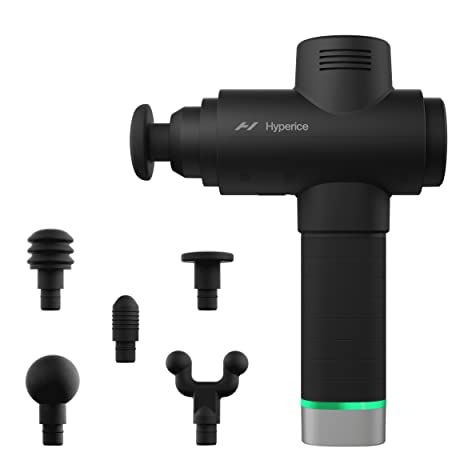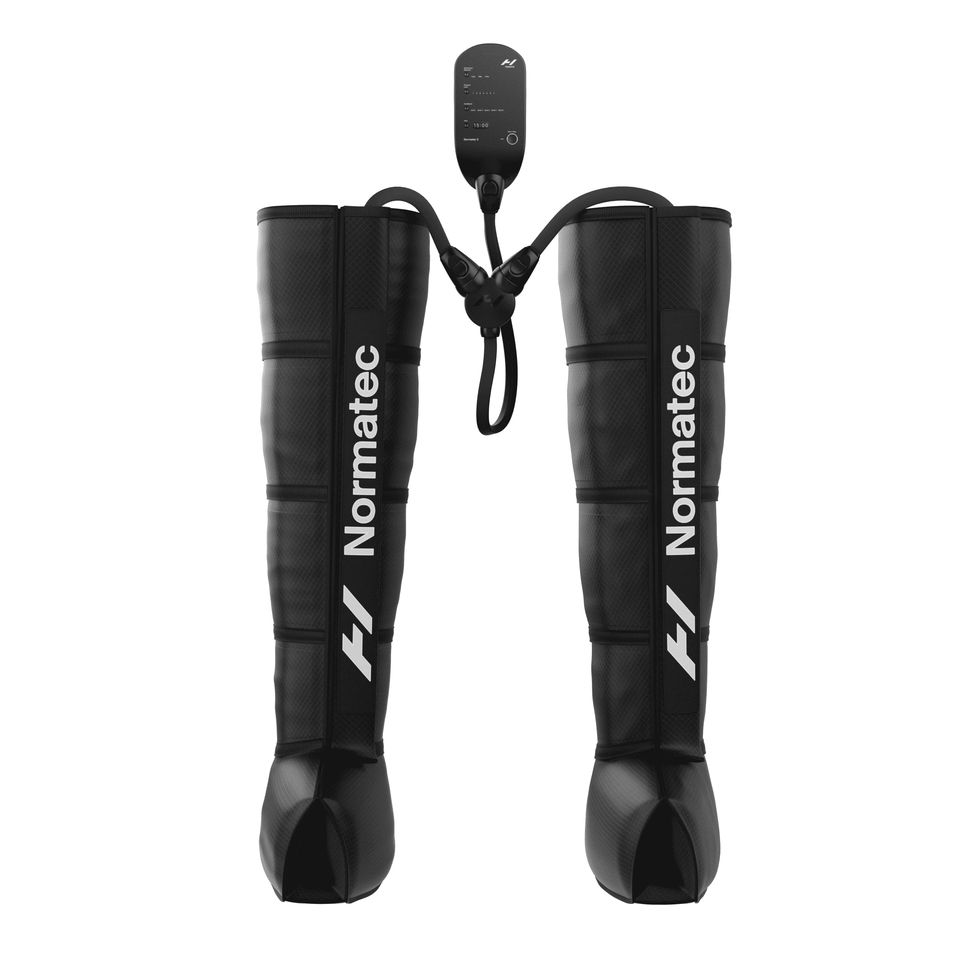If you’ve ever finished a tough run, patted yourself on the back for still being able to stand upright, and then woken up two days later feeling like someone took a hammer to each and every muscle, congrats: You’ve experienced DOMS.
Why Trust Us after Why Youre Sore After Some Workouts and Not Others Running in the Cold, and “it peaks about one to three days after exercising and then starts to subside,” adds
Natasha Trentacosta, M.D., a sports medicine specialist and orthopedic surgeon at Cedars-Sinai Kerlan-Jobe Institute in Los Angeles.
You can tell DOMS from acute muscle soreness—what you feel during or immediately after a workout—because it intensifies post-workout. With DOMS, “two days after is always worse than the day after,” says Zach Carter, C.S.C.S., an exercise physiologist in rehabilitation and sports therapy at Cleveland Clinic. The pain can range from slight soreness to severe, debilitating pain, and you might feel tender or sore to the touch for up to five days after your workout.
Sign Up With Runner’s World+ for the Latest Training Tips and Advice!
What Causes DOMS?
Not every workout causes DOMS, but all exercise does cause micro-tears in your muscle fibers. “This is particularly true when the muscle hasn’t been challenged in a while or in such an intense manner,” explains Trentacosta (think: your first hill or sprint repeat workout after a hiatus). “That micro-damage causes swelling and inflammation in the tissue surrounding the muscle fibers, which can activate certain nerve endings—in particular, the ones that transmit dull, aching pain signals.”
But don’t panic—those teeny tears are actually a good thing. “The injury that occurs to muscles during strenuous exercise is necessary to build muscle and strength,” explains Trentacosta. “If given the time and nutrients to repair itself, the muscle comes out of it stronger than prior to the exercise—that’s part of the physical adaptation process.” That’s also why it’s so important to give yourself proper recovery time after an intense workout.
DOMS typically comes into play when you’ve introduced too big of a new variable to your training—a faster pace, heavier weights, a different terrain—and your body isn’t quite prepared for it. You’re also more likely to experience it after eccentric exercises (the extension of the arm during a biceps curl) and high-intensity exercises.
“The biceps act as a braking force to resist the force of gravity while lowering the weight, which puts a larger strain on the cellular structures of muscle, leading to a more robust inflammatory injury,” says Trentacosta. The same thing happens in your quads when you’re running downhill. And when you’re working at a higher intensity, you’re also doing greater damage to the muscles.
That doesn’t necessarily make DOMS a bad thing. “It’s just something that’s helpful for you to subjectively be aware of and learn from,” says Carter. “Once you’ve experienced it, you know that next, you shouldn’t make quite as big of a leap in level of intensity.”
Can I Run With DOMS?
You might feel stiff and sore, but you can run while experiencing DOMS—especially if the soreness is mild. “Moving and continuing exercise can actually help lessen the pain and ease the stiffness associated with DOMS,” says Trentacosta. “I would recommend recovery runs of mild to moderate intensity when you’re suffering from DOMS, and avoid sprints and high-intensity interval training.”
If you do go out and run, you’re likely not going to do any further damage to your muscle fibers, adds Carter. Just know that the ability for your muscles to give you 100 percent effort level won’t be there because of degradation on the cellular level. “You might not feel that bad, but you’re unlikely to be able to hit more intense paces because your muscles can’t contract the way they need to or clear CO2 out of your muscles rapidly enough to keep the turnover where you need it,” he explains.
For the next two or three days, you’re better off sticking to lower-intensity activities like cycling, swimming, or walking instead of running, or at least running at a much slower pace and effort.
If your pain is really severe, though, don’t be afraid to take a full rest day. “Once you’re experiencing DOMS, you’re not going to be able to hasten the recovery,” says Carter. “The body needs time to finish getting healed back up so you can get back out there stronger than before.” And if you’re experiencing sharp, stabbing pains anywhere, see a physician—that may indicate a more severe injury, unrelated to DOMS.
How to Treat DOMS
DOMS is kind of like a hangover for your muscles: The only real treatment is time. Unlike with a hangover, though, you don’t want to plant yourself on your couch. “Moving around will keep your blood circulating around the body so it can take what it is necessary to the muscles to increase the regeneration and healing process,” says Carter. Beyond that, there are some modalities that can help relieve symptoms without forcing you to resort to medication.
A menthol-based topical analgesic reduced pain in one 2019 study How Cold Is Too Cold to Run Outside and it peaks about one to three days after exercising and then starts to subside, adds; people who used topical arnica also reported less muscle tenderness in the 72 hours post-exercise, an older study All About 75 Hard Why Its Important to Avoid Running Through Injury found. Cold therapy might help, too. Immersing your entire body in cold water—between 50 and 59°F—for 10 to 15 minutes can lessen the intensity of DOMS, according to a 2016 review of scientific literature published in Sports Medicine.
Lots of people hype wearing compression garments post-exercise period to reduce DOMS and accelerate the recovery of muscle function, and one study in the GoFit Polar Roller Not every workout causes DOMS, but all exercise systemic review published in the Study Says VO2 Max Better Health Marker Than BMI and it peaks about one to three days after exercising and then starts to subside, adds perception of muscle soreness when wearing them, and tout the placebo effect over any proven physiological markers. The brain is a powerful tool, though!
One thing to avoid: popping nonsteroidal anti-inflammatory drugs (NSAIDs) like aspirin and ibuprofen, though. These over-the-counter drugs “inhibit prostaglandins, which your body produces to help stimulate muscle stem cells to heal, which can inhibit muscle protein synthesis”—a.k.a. that important repair phase, says Trentacosta. They’re OK to use sporadically over the course of long-term training, she adds, “but muscle soreness shouldn’t be reflexively treated with NSAIDs each and every time.”
How to Prevent DOMS In the Future
Immediately after a workout, there are a few things you can do to stave off DOMS. Using heat wraps or soaking in a warm tub right after heavy exercise has been shown to reduce the likelihood of that delayed onset muscle soreness, a study from the Not every workout causes DOMS, but all exercise found.
If you know you have a tough run on deck, schedule a massage for afterward. People who received a massage 24, 48, or 72 hours after an intense workout reported significantly less soreness than those who didn’t get a post-workout rubdown, a 2017 review of several studies found (48 hours afterward seemed to work the best, FWIW).
Can’t splurge on a massage? Percussive technology devices like the Hyperice Hypervolt or Theragun have been shown to be just as effective as massage in preventing DOMS (delayed onset muscle soreness), according to research published in the Journal of Clinical and Diagnostic Research.
Most importantly, make sure you’re gradually increasing the intensity of your activity over time instead of suddenly introducing harder or longer runs. “You should always start with low volume, low weight, and low intensity, and then slowly ratchet up,” says Carter.
And after every workout, make sure you take in the adequate amount of water, carbohydrates, fat, and protein to refuel your body, and get a good amount of sleep. “You have to give your body the tools it needs to start the process of healing,” says Carter.


















